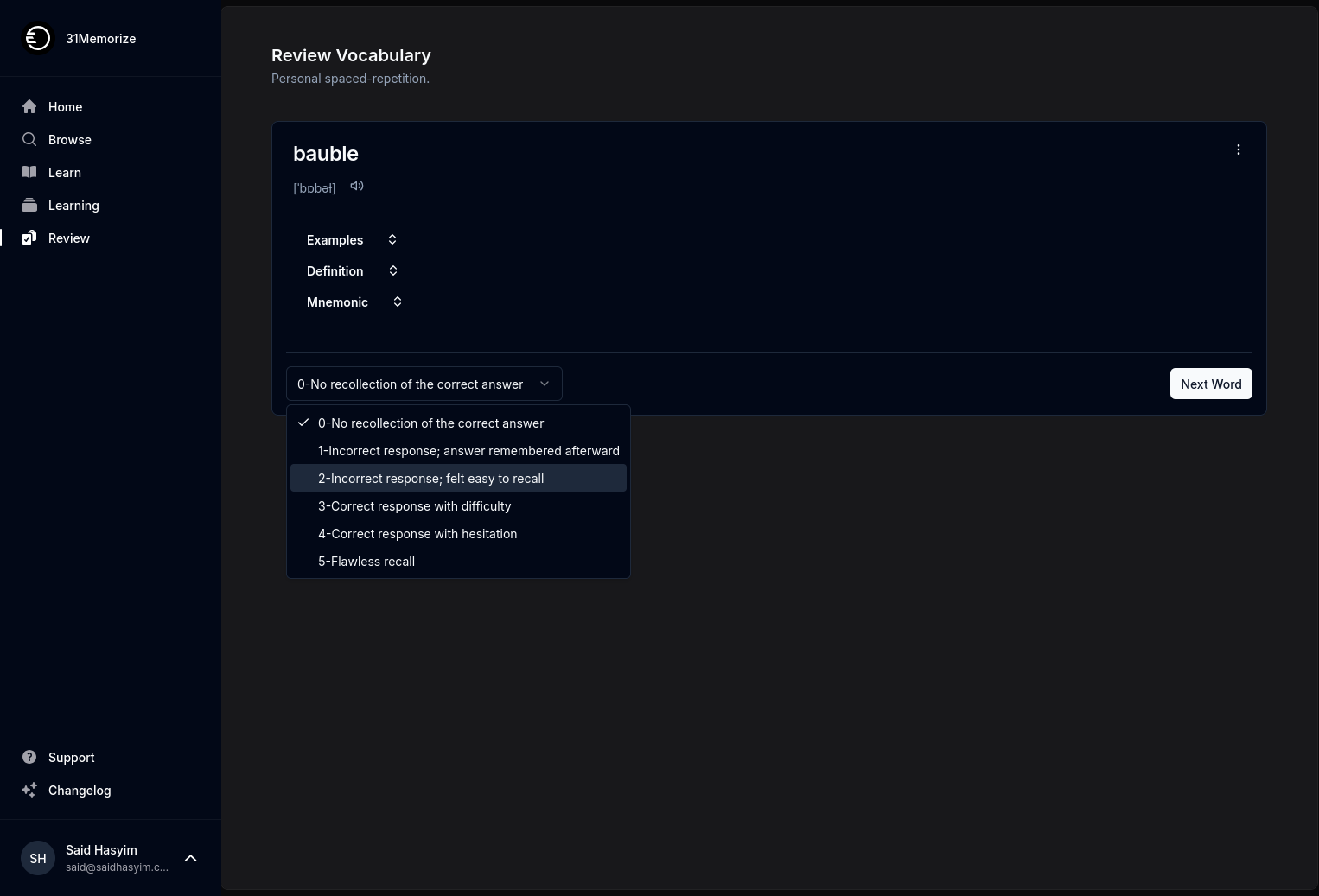Leverage Reader Feedback for Future Writing Success
Writing is often considered a solitary activity; the writer immerses themselves in a world built from words, weaving narratives and crafting ideas. However, once the ink dries or the pixels settle, the story is only half the journey. The most impactful writers recognize that the voices of their readers play a crucial role in shaping their future works. In this post, we'll explore how you can effectively leverage reader feedback to enhance your writing and propel your success.
Understanding Reader Feedback
The Value of Different Perspectives
Reader feedback is an invaluable resource for writers of all levels. Each individual brings their unique perspective shaped by their experiences, culture, and emotions. This diversity enriches the feedback you receive, offering insights that may not have crossed your mind while writing.
Types of Feedback
Constructive Criticism: This includes specific suggestions about what can be improved. It might stem from plot holes, vague character motivations, or even writing style. Constructive criticism focuses on how you can do better.
General Reactions: These include readers' overall impressions, such as relatability, enjoyment, or emotional impact. While these may be less specific, they provide you with vital information about what resonates with your audience.
Engagement Metrics: In the digital age, readers’ interactions provide direct feedback. Metrics such as time spent on a page, shares, comments, and likes can indicate which parts of your writing are captivating or disengaging.
Gathering Reader Feedback
Creating Opportunities for Feedback
Beta Readers: Assemble a group of readers who can provide early feedback on your work. Choose individuals who represent your target audience or a diverse range of perspectives.
Surveys and Questionnaires: After readers consume your work, consider sending out surveys. Ask specific questions that guide your readers to reflect on particular elements of your writing.
Social Media Engagement: Use platforms like Twitter, Facebook, or Instagram to solicit feedback. Engage with your audience and ask open-ended questions to prompt discussions about your writing.
Writing Workshops: Joining workshops can provide a structured environment for feedback. You not only gain insights from fellow writers but also learn to offer constructive feedback in return.
Book Clubs: If your book is available, consider creating or joining a book club. These groups often discuss themes, characters, and narratives, offering valuable insights into how your writing is perceived.
Asking the Right Questions
When soliciting feedback, the quality of your questions can significantly influence the responses you receive. Here are a few examples:
- What did you like most about the story, and why?
- Were there any parts that you found confusing or unclear?
- Who was your favorite character, and what made them stand out?
- What emotions did the story evoke for you?
- How could the pacing or structure be improved?
Analyzing Feedback
Sorting Valuable Insights
Once you've gathered feedback, the next step is to categorize and evaluate it. Not all feedback will be applicable, so focus on common themes and insights:
Look for Trends: If multiple readers provide similar feedback, it’s likely something worth addressing. This may indicate an area where your writing successfully resonates—or where it falls short.
Weigh Emotional Reactions: Emotional responses often indicate that the writing evoked strong feelings, whether positive or negative. These insights can guide you in emphasizing or refining emotional arcs in future works.
Balance Critique with Praise: Understand the importance of positive feedback alongside constructive criticism. Acknowledging what readers enjoy about your writing can serve as a guiding light for your future projects.
Implementing Feedback
Crafting a Game Plan
Feedback is most effective when it leads to actionable change. Create a game plan for how you plan to integrate feedback into future writing projects:
Identify Key Areas: From your analysis, pinpoint specific elements of your writing that readers have consistently highlighted.
Set Goals: Establish concrete goals based on reader feedback. For instance, if pacing was a concern, you might set a target to develop tighter narratives in your next work.
Experiment with Styles: Use feedback as a springboard to explore new writing styles, formats, or genres. If readers express a desire for more character development, consider dedicating more pages or chapters to character arcs in your next piece.
Continuously Iterate: Writing is a process, and so is integrating feedback. As you write more, keep revisiting your feedback to ensure you’re evolving continuously based on what your audience values.
Maintaining a Growth Mindset
Embrace Constructive Feedback
It’s essential to approach feedback with an open mind. Readers’ insights are not personal attacks but invaluable tools for growth. Accepting criticism can be challenging, but it’s a fundamental part of the writing journey.
Celebrate Progress
Recognize your growth as a writer over time. Every piece of feedback, whether positive or negative, contributes to your development. Celebrate small victories and improvements, and remain committed to honing your craft.
Conclusion
Leveraging reader feedback is a potent strategy for writing success. By actively seeking and thoughtfully analyzing reader reactions, you not only improve your current projects but also set a strong foundation for your future endeavors. Remember, the reader is your partner in this creative journey. Embrace their insights, iterate on your work, and watch as your writing evolves into something truly exceptional.
Now, go forth, write, and don’t be afraid to listen to those who engage with your words; they hold the keys to your success as a writer.
